Rose Plant
- November 30, 2023
- 0 comment
The rose plant, belonging to the genus Rosa, stands as an iconic symbol of beauty and romance in the world of flora. With its delicate yet vibrant petals, the rose has captured human fascination for centuries, gracing gardens, bouquets, and art with its timeless elegance. Renowned for its diverse range of colors, including red, white, pink, and yellow, each hue carries its own symbolism, from passionate love to purity and friendship.
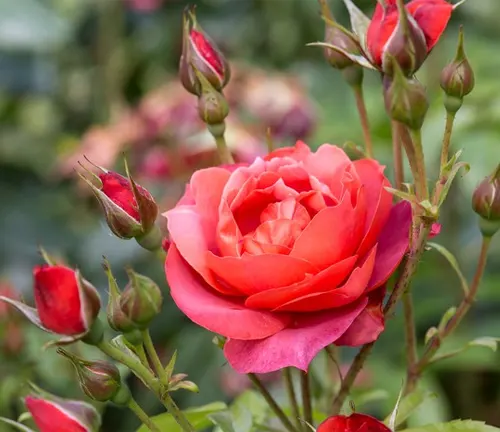
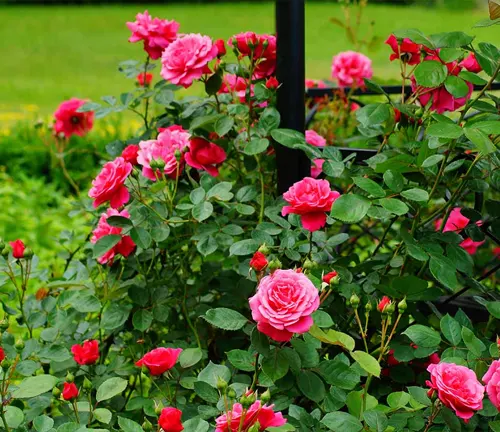
The rose is a woody perennial that comes in various forms, such as shrubs, climbers, and miniature varieties, each possessing a unique charm. Beyond its aesthetic appeal, roses also hold cultural and historical significance, featuring prominently in literature, mythology, and religious symbolism across different civilizations.
Cultivating roses requires a balance of care, as they thrive in well-drained soil, ample sunlight, and regular pruning. As a versatile plant, roses find application not only in ornamental horticulture but also in the production of essential oils, perfumes, and culinary delights. Whether adorning a trellis, a bouquet, or a carefully tended garden, the rose plant continues to captivate hearts with its timeless beauty and enduring cultural resonance.
| Feature | Description |
|---|---|
| Genus | Rosa |
| Family | Rosaceae |
| Type | Woody Perennial |
| Forms | Shrubs, Climbers, Miniature Varieties |
| Height | Varies (typically 2 to 7 feet, but can differ by variety) |
| Colors | Red, White, Pink, Yellow, and various hybrids |
| Blossom Type | Single, Double, Semi-double |
| Fragrance | Often Fragrant, with variations in intensity |
| Sunlight | Full Sun to Partial Shade |
| Soil | Well-Drained, Rich in Organic Matter |
| Watering | Regular, Deep Watering |
| Pruning | Regular Pruning for Shape and Health |
| Cultural Significance | Widely Symbolic in Literature, Mythology, and Religion |
| Uses | Ornamental, Essential Oil Production, Perfumes, Culinary |
Botanical Beauty of the Rose Plant
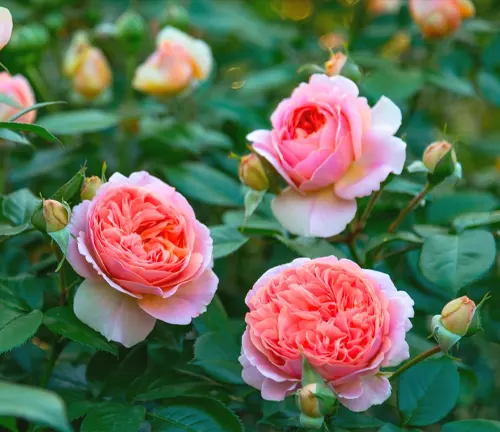
The rose plant, a true botanical marvel belonging to the genus Rosa, stands as an exquisite testament to nature’s artistry. Its lush green foliage serves as a backdrop to the main attraction—the blossoming flowers. The diverse palette of colors, ranging from passionate reds to delicate pinks, showcases the plant’s stunning aesthetic appeal. The intricate layers of petals in various blossom types, be it single, double, or semi-double, contribute to the rose’s timeless allure. Whether adorning a garden or tucked into a bouquet, the botanical beauty of the rose plant remains unparalleled.
Woodland Elegance
In the realm of horticulture, the rose plant takes on various forms, each exuding its own unique charm. From shrubs that add a touch of elegance to garden borders to climbers that gracefully ascend trellises, the rose’s versatility is a testament to its adaptability. Miniature varieties, with their dainty blooms, provide a charming accent to both indoor and outdoor spaces. This woodland elegance makes the rose plant a favorite among gardeners seeking to add a touch of sophistication to their landscapes.
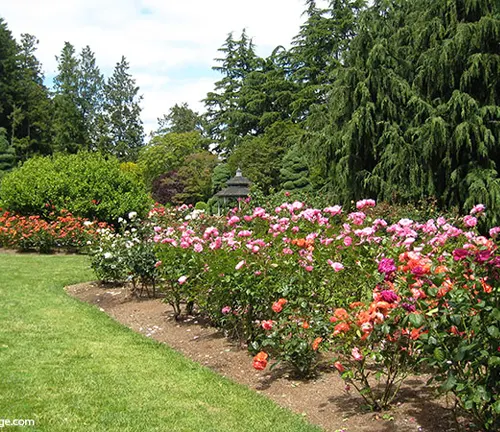
Ecological Importance

Beyond its visual appeal, the rose plant plays a role in ecological balance. As a member of the Rosaceae family, it contributes to the biodiversity of ecosystems. Its nectar-rich flowers attract pollinators, including bees and butterflies, fostering the health of surrounding plant life. The rose plant, with its presence in various habitats, becomes an integral part of the intricate web of life, highlighting the importance of preserving its natural habitats.
Cultivation and Conservation
Cultivating roses requires a delicate balance of care and attention. Well-drained soil, ample sunlight, and regular pruning are essential for optimal growth. Despite its widespread cultivation, some rose species face challenges, leading to conservation efforts to protect rare and endangered varieties. The delicate dance between cultivation and conservation ensures that future generations can continue to revel in the beauty of the rose plant.
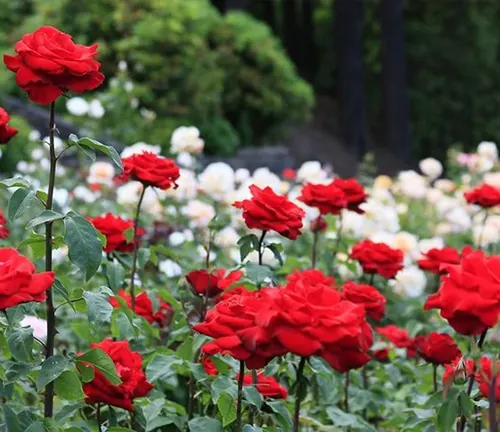
Fragrance
One of the most enchanting features of the rose plant is its fragrance. Whether subtly sweet or intensely floral, the scent of roses has captivated hearts for centuries. Fragrance varies among different varieties, adding an olfactory dimension to the overall sensory experience of encountering a blooming rose. The aromatic allure of the rose plant goes beyond its visual splendor, creating a multisensory delight.
Soil Stabilization
In addition to its ornamental value, the rose plant contributes to soil stabilization. Its extensive root system helps prevent soil erosion, making it a valuable ally in maintaining the integrity of landscapes. This natural contribution to soil stability enhances the ecological significance of the rose plant, showcasing its role beyond the realm of aesthetics.
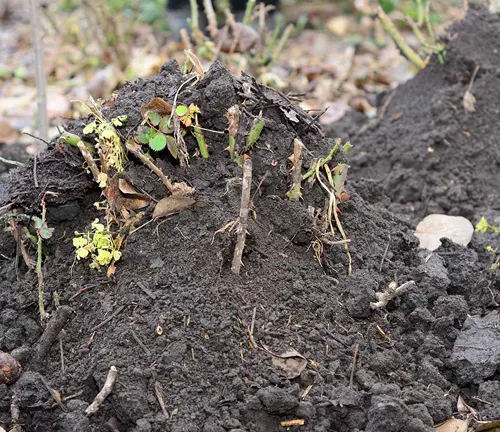
Common Uses
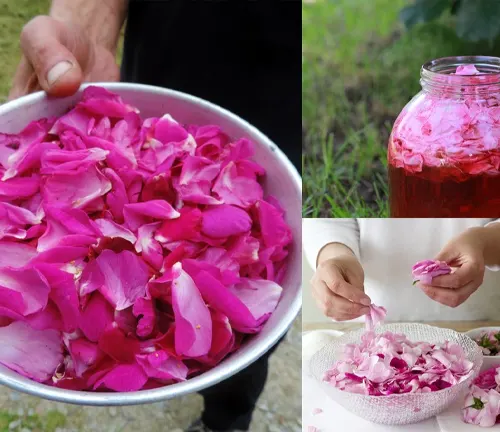
The rose plant finds itself woven into the fabric of human culture, with common uses extending beyond ornamental gardens. From the production of essential oils used in perfumes to the culinary world, where rose petals infuse dishes with a delicate flavor, the plant’s versatility knows no bounds. Its symbolic significance in literature, mythology, and religious practices further cements its place in human history and culture.
Benefits
Beyond its cultural and visual appeal, the rose plant offers tangible benefits. Studies suggest that exposure to nature, including the beauty of blooming roses, can positively impact mental well-being. Additionally, the extraction of essential oils from roses has been linked to potential health benefits, from stress reduction to skin care. Embracing the benefits of the rose plant extends beyond aesthetics, fostering a holistic connection between humans and nature.
Different Species
Rosa gallica
(Gallica Rose)
This species, also known as the French rose, has been cultivated for centuries and is cherished for its vibrant colors and fragrant blooms.
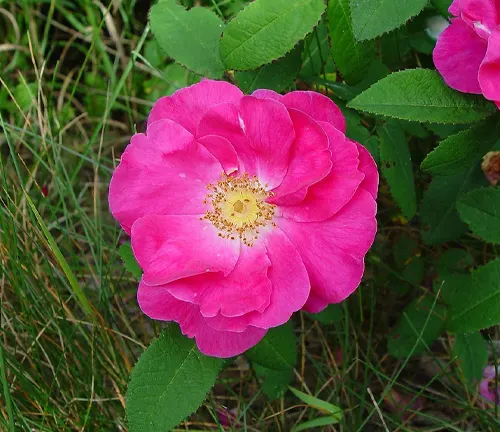

Rosa damascena
(Damask Rose)
Renowned for its strong fragrance, the Damask rose is often used in the production of rose water and essential oils. It has a long history in perfumery.
Rosa rugosa
(Rugosa Rose)
Native to Asia, this species is known for its robust nature, tolerance to harsh conditions, and distinctive wrinkled leaves. It often produces large, single flowers.
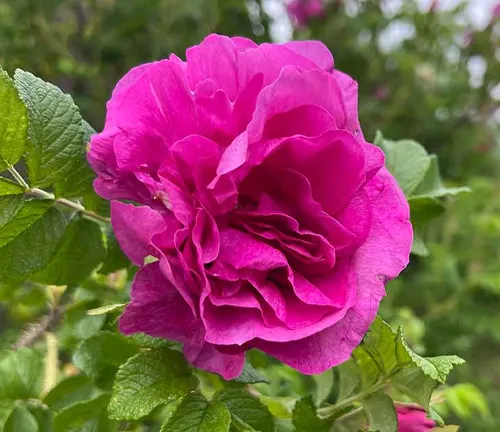
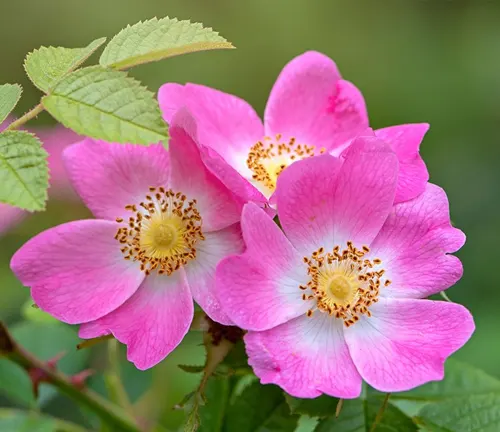
Rosa canina
(Dog Rose)
Commonly found in the wild, the dog rose has simple, pink flowers and is known for its red rose hips, which are rich in vitamin C and used to make herbal teas and jams.
Rosa multiflora
(Multiflora Rose)
Originally from East Asia, this species has been widely used as a hedge plant. It produces clusters of small, white flowers.
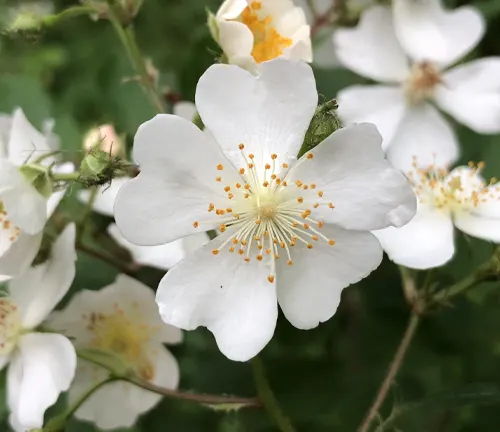
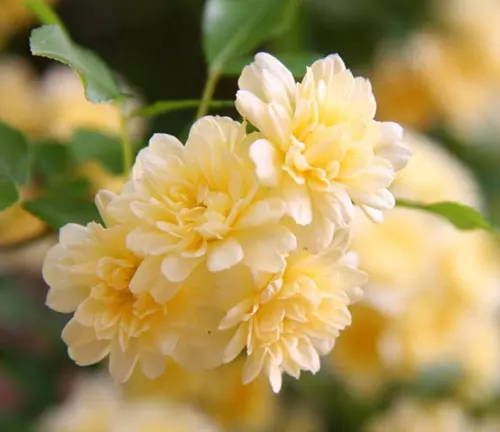
Rosa banksiae
(Lady Banks’ Rose)
A thornless, climbing rose, Lady Banks’ Rose is known for its cascading clusters of small, yellow or white flowers.
Rosa ‘Peace‘
(Hybrid Tea Rose)
A popular hybrid tea rose, ‘Peace’ is celebrated for its large, well-formed blooms and a color that transitions from yellow to pink.
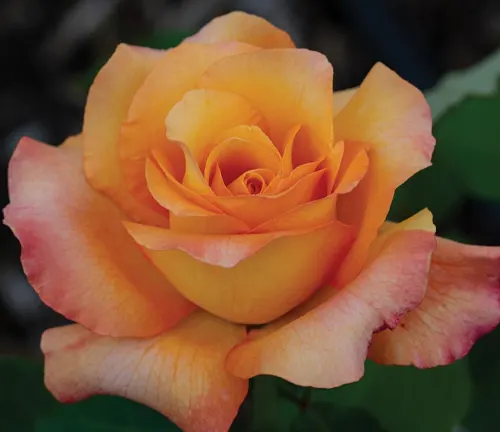

Rosa ‘Double Knock Out‘
(Shrub Rose)
Part of the Knock Out series, this rose is recognized for its disease resistance, vigorous growth, and continuous blooming.
Rosa ‘Blue Moon’
(Floribunda Rose)
This cultivar is prized for its clusters of lavender-blue flowers and is often used in landscaping for its repeat blooming.
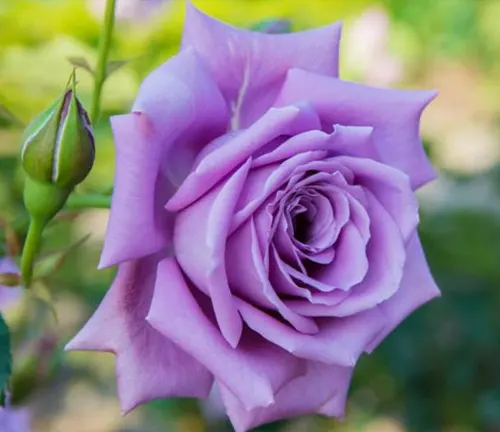
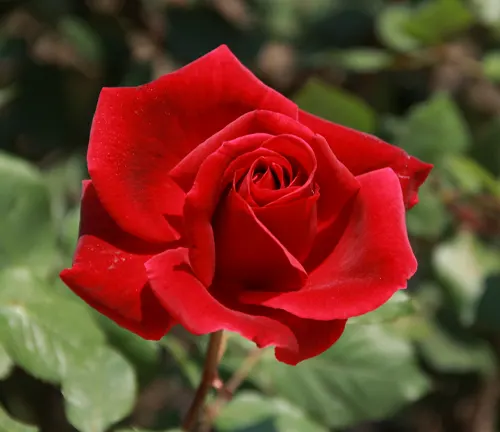
Rosa ‘Mr. Lincoln’
(Hybrid Tea Rose)
Known for its deep red, velvety blooms and strong fragrance, ‘Mr. Lincoln’ is a classic hybrid tea rose.
Frequently Asked Questions (FAQs)
1. What are the basic care requirements for roses?
Roses generally require well-drained soil, ample sunlight, and regular watering. Pruning is also essential for shaping and maintaining plant health.
2. How often should I water my rose plants?
Roses prefer regular, deep watering. The frequency depends on factors like climate and soil, but a general guideline is to keep the soil consistently moist.
3. What type of soil is best for growing roses?
Roses thrive in well-drained, fertile soil with a slightly acidic to neutral pH. Adding organic matter can improve soil structure.
4. When is the best time to plant roses?
Fall or early spring is the ideal time for planting roses. This allows them to establish roots before facing extreme temperatures.
5. How do I protect my roses from pests and diseases?
Regular inspection, proper spacing, and good air circulation can help prevent common pests and diseases. Organic or chemical treatments may be used if issues arise.
6. Do all roses have fragrances?
No, not all roses are fragrant. Fragrance can vary widely among different varieties, with some having a strong, sweet scent and others being more subtle.
7. What are the different types of roses?
Roses come in various types, including hybrid teas, floribundas, shrubs, climbers, and miniatures. Each type has unique characteristics and uses.
8. How do I prune my rose bushes?
Pruning is crucial for shaping, promoting air circulation, and removing dead wood. The timing and method may vary depending on the type of rose.
9. Can I grow roses in containers?
Yes, many rose varieties can be grown in containers. Ensure the container has good drainage, use a quality potting mix, and provide adequate sunlight.
10. How do I revive a stressed or unhealthy rose plant?
Identify and address the underlying issues such as water stress, nutrient deficiencies, or diseases. Adjust care practices accordingly and consider consulting with a local gardening expert.
11. What are some companion plants for roses?
Plants like lavender, catmint, and salvia are often recommended as companions for roses, providing aesthetic and practical benefits.
12. Can I grow roses from seeds?
While it’s possible, many gardeners prefer propagating roses from cuttings or purchasing established plants for more predictable results.
13. What is black spot, and how can I control it?
Black spot is a common fungal disease affecting roses. Good air circulation, proper spacing, and fungicidal treatments can help prevent and manage it.
14. Are there low-maintenance rose varieties?
Some landscape roses, like those in the Knock Out series, are known for their low maintenance and disease resistance.
15. How can I dry and preserve rose petals?
Air-drying or using silica gel are common methods to preserve rose petals. Make sure the petals are fully dry before storage.


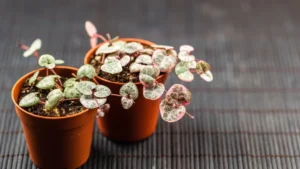
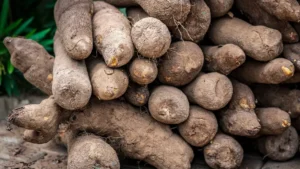
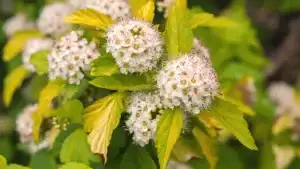
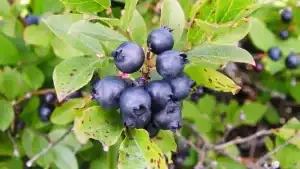

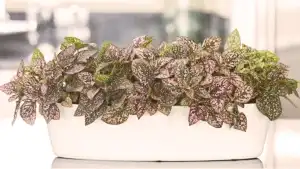


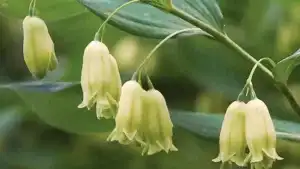
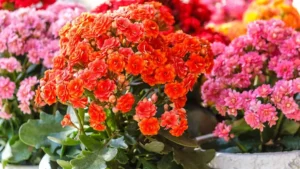


Leave your comment